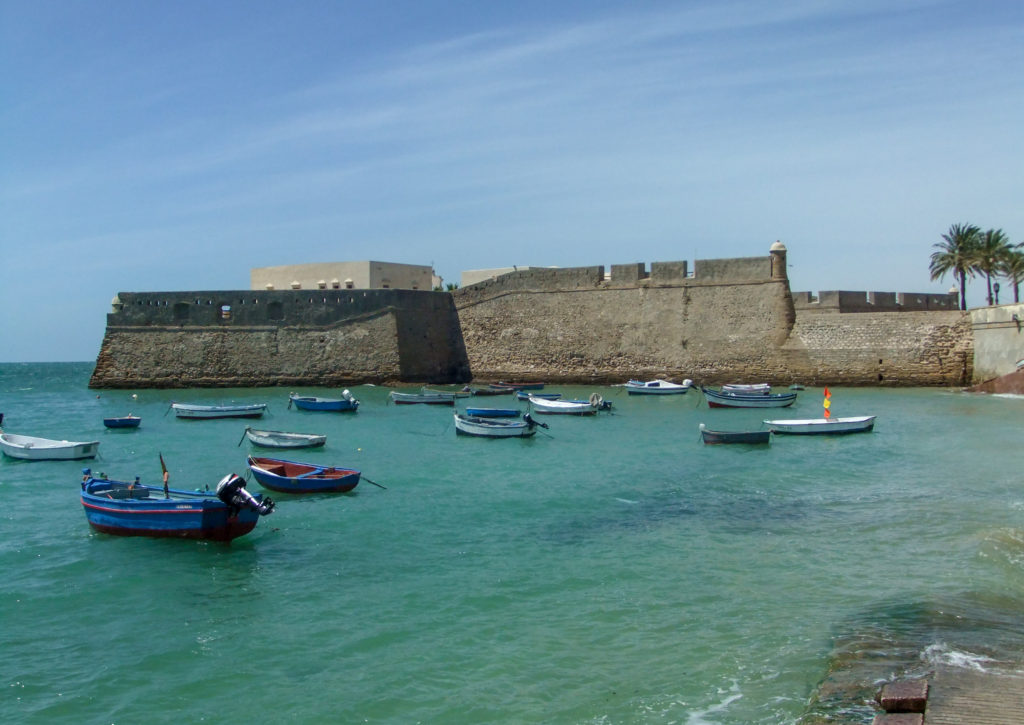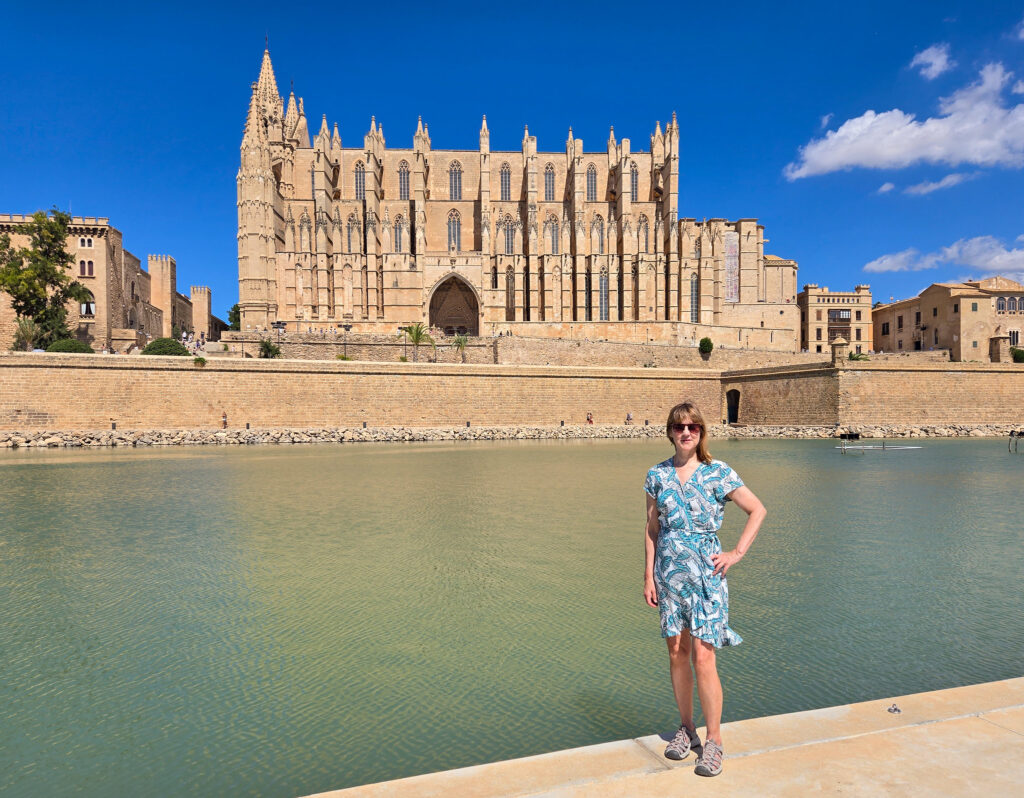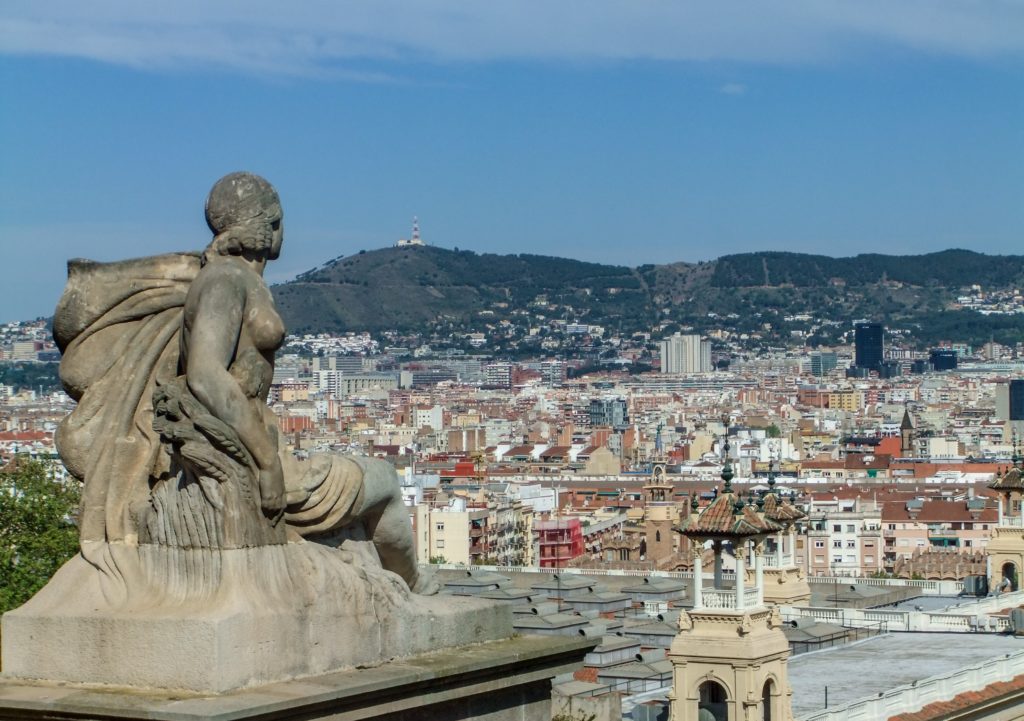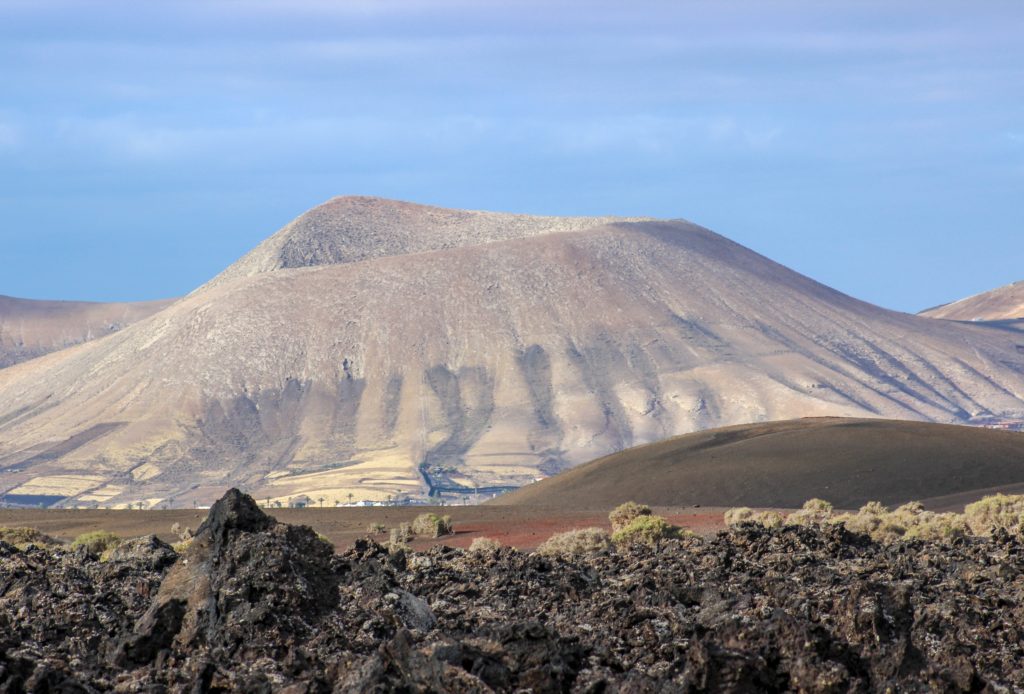
About Spain
Sharing the Iberian Peninsula with Portugal and Gibraltar, Spain is the second largest country in the European Union. Spain also includes the Canary Islands in the Atlantic Ocean and Balearic Islands in the Mediterranean Sea. Madrid is the capital and largest city in Spain. There are 3 main climates in Spain: the Mediterranean with warm/hot and dry summers, semi-arid in the southeastern area and oceanic in the northern part of the country. Below are the Spain Travel Guides from my travels.
From international tourism, Spain is the second highest in the world in terms of spending. Spain’s stunning coastlines, diverse landscapes, incredible historic landmarks and culture attract millions of people for vacation. Spain has 47 World Heritage Sites. These include the Prehistoric Rock Art Sites of the Coa Valley and Siega Verde, Monte Perdido in the Pyrenees and the Ancient and Primeval Beech Forests. The famous Camino de Santiago or “Way of St. James” is the pilgrimage taken by thousands each year. It goes across northern Spain to the Santiago de Compostela Archcathedral Basilica in Galicia, Spain.
Other top towns/cities to see in Spain include Barcelona, Madrid, Seville, Cadiz, Granada, Valencia and Ronda. For a unique geological experience, don’t miss Lanzarote, one of the Canary Islands. It’s known as the Island of 1,000 Volcanoes. From 1730-1736 the world’s greatest recorded eruptions involving more than 100 volcanoes transformed the island. Later, in 1824 two volcanoes erupted leaving the island as it is today. The overall aftermath of these unprecedented events is the surreal moonscapes of Timanfaya (Fire Mountain) National Park. The entire island is a biosphere reserve by UNESCO. I believe this is one of the most unique places on our planet!
Spain Travel Guides
Historic Palma de Mallorca, Spain Highlights Walking Tour
Palma de Mallorca enchants and takes you back in time. The city’s history and art comes alive through the iconic…
Incredible Cadiz, Spain Walking Tour Highlights
Cadiz takes you back in time to one of the world’s most ancient cities. Plus, this lovely port on the…
Top Ten Things to Do in Beautiful Barcelona
Known for its iconic architecture and art, Barcelona offers historic walks and world-class museums. Even more, it’s home to the…
The Ultimate Lanzarote 2-Day Itinerary in Canary Islands
Exploring the otherworldly Lanzarote is a one-of-a-kind getaway on the “Island of 1000 Volcanoes.” This protected area offers tours to…



